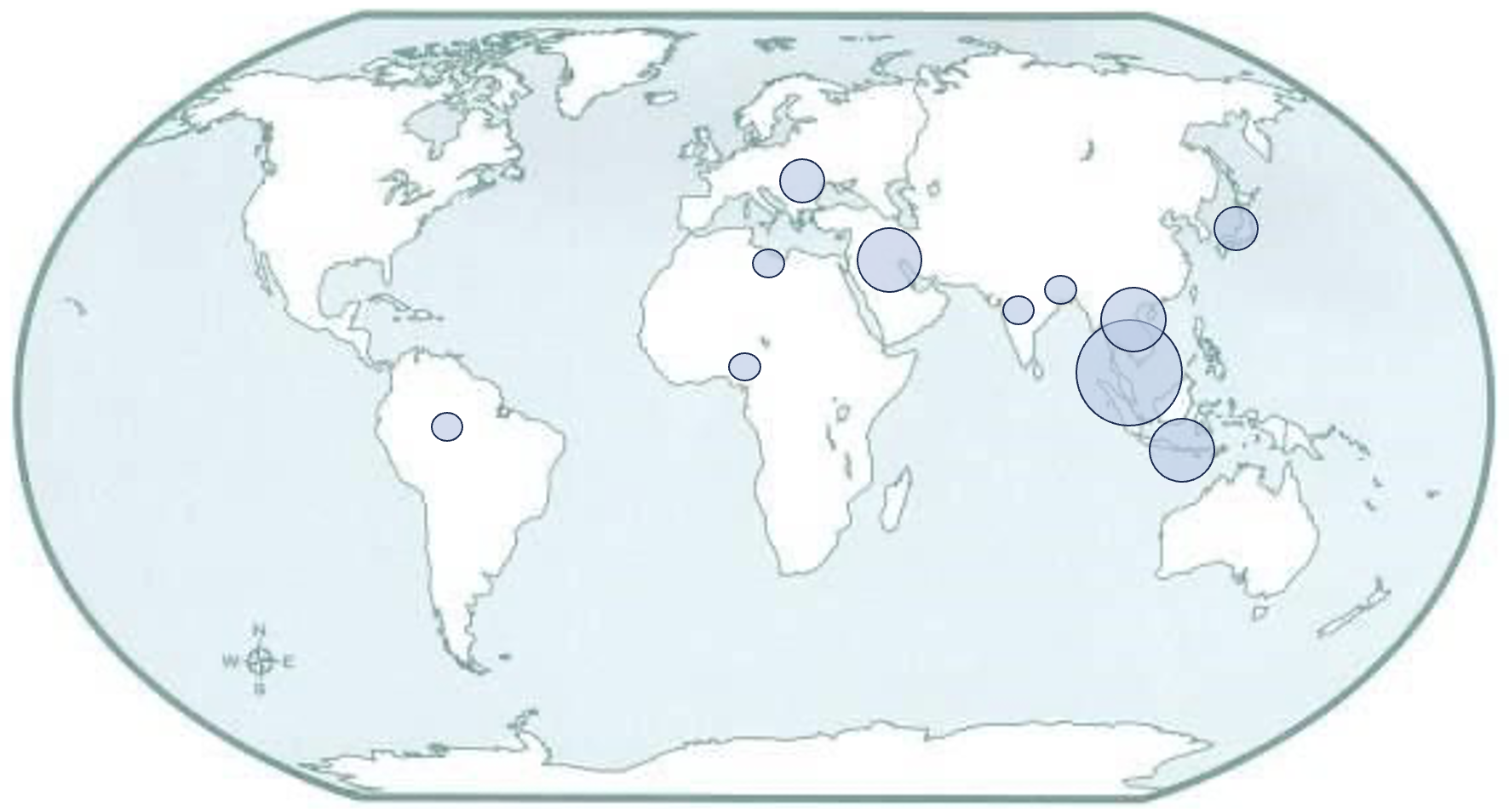The Potential of Microalgae in Chitosan and Cellulose as Sustainable Materials for Edible Bioplastic Applications: A Review
DOI:
https://doi.org/10.37934/armne.27.1.1230Keywords:
Chitosan, cellulose, microalgae, bioplastic, food packagingAbstract
The demand for eco-friendly food packaging options with additional features to prolong shelf life has continuously increased since 1940. Bioplastic is gaining popularity as a viable replacement for plastics based on fossil fuels due to fluctuating oil prices. Therefore, technological innovation is required to resolve the issue. This study aimed to review the distinct characteristics of integrating chitosan and cellulose alongside exploring the capabilities of microalgae in bioplastic production. The potential techniques and applications for future development were also suggested. The unique growth yield of microalgae makes them a compelling option for producing bioplastics. Hence, utilizing microalgae for bioplastic production offers a significant opportunity to enhance moisture barrier capacity, alter the structural properties, and adjust the flow behaviour. Moreover, these materials can also serve as the key nanocomposites components in the food packaging industry. The potential for chitosan/cellulose/microalgae-based bioplastic and the key themes and obstacles for future research into these composites for bioplastic production were also reviewed.
Downloads




















